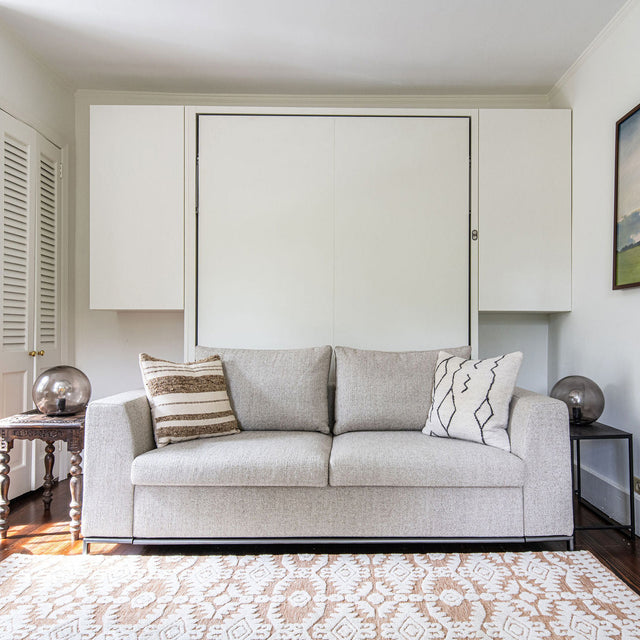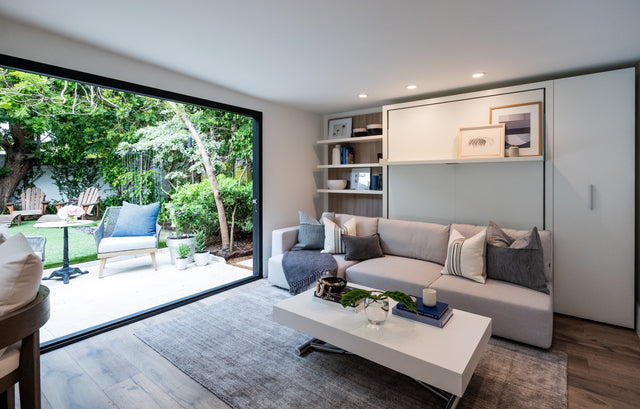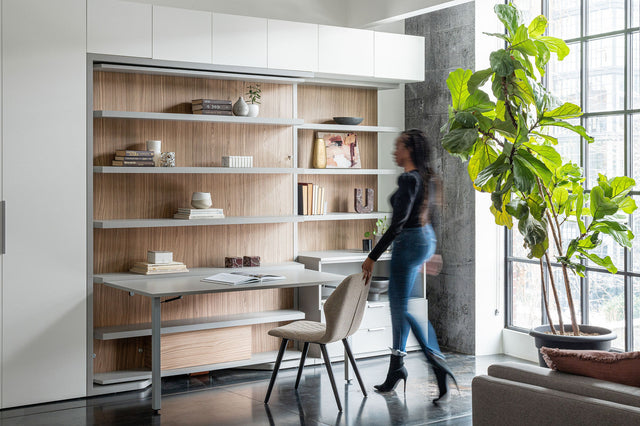How to Make Your Kid's Bedroom Last
Designing a Timeless Kids' Bedroom That Evolves with Your Child
Children grow swiftly, and their tastes, interests, and needs change just as quickly. Designing a small, timeless bedroom that accommodates their development from toddlerhood to young adulthood is an endeavor that requires thoughtful planning and intentional choices. With the right approach, however, you can craft a space that adapts seamlessly to each stage of their life, ensuring it remains both functional and elegant.
This guide provides you with insightful tips on how to create a bedroom that is as versatile as it is stylish—a space that harmonizes with your home’s aesthetic and grows alongside your child without the need for constant renovations.
1. Establish a Neutral Paint Color Palette
The foundation of any well-designed room begins with the walls. While your child may be tempted by bold, bright colors, such as vivid pinks or deep blues, these choices often feel outdated as they age. Instead, consider selecting a neutral color palette—one that not only serves as a calming backdrop but also complements your home’s overall design. Engaging your child in the selection process fosters a sense of ownership while ensuring that the chosen colors are adaptable and enduring.
Opt for muted tones that promote tranquility and encourage restful sleep. Subtle hues, such as warm whites, soft creams, pale pinks, gentle blues, or light greens, are excellent choices that can be easily updated with accessories and decor as your child’s preferences evolve.
- White: Shades of white or off-white create an airy and spacious feel, offering an ideal canvas for layering colorful decor elements.
- Pale Pink: A gentle pink tone adds a touch of warmth and relaxation while remaining sophisticated.
- Pale Blue: Reminiscent of serene skies and ocean waves, pale blue infuses the room with a calming, light, and breezy atmosphere.
- Light Greens: Soft shades like sage or moss offer a sense of freshness and well-being, making the room feel modern and tranquil.
2. Invest in Timeless, Versatile Furniture
The key to creating a space that stands the test of time lies in selecting furniture that adapts to your child's changing needs. Resource Furniture’s multifunctional pieces, crafted with exceptional Italian craftsmanship, are designed to do just that—transforming effortlessly as your child grows. Choose high-quality beds, storage units, and desks in neutral colors such as soft grays, whites, or wood tones. These pieces provide a sturdy foundation that evolves with your child’s needs, ensuring longevity and adaptability.
Consider incorporating multifunctional solutions like bunk beds with integrated storage or wall beds with built-in desks. These allow for efficient use of space, enabling the room to grow without compromising on style or functionality.
3. Maximize Floor Space with Multifunctional Furniture
In a child’s room, the need for ample floor space is essential. As your little one grows from playing on the floor to studying and hanging out with friends, it is important to create a layout that accommodates each stage. Multifunctional furniture, such as Resource Furniture's Murphy bunk beds or wall beds with desks, offers the perfect solution—allowing the room to transform effortlessly between play, study, and rest.
Murphy beds with integrated desks or trundle beds are excellent options for small bedrooms. During the day, these pieces can be tucked away, freeing up valuable space for play or study, while at night, they transform into comfortable sleeping areas. This ensures that your child's room remains a versatile sanctuary, no matter how their needs change.
4. Accessorize with Adaptable Decor
While the core design elements of your child’s room should be timeless, there is still plenty of room for personality through accessories and decor. With a neutral backdrop and classic furniture, you can incorporate vibrant colors and playful textures with items like bedding, rugs, pillows, and wall art. These accessories are easy to update as your child’s interests and tastes evolve, ensuring the room feels fresh and age-appropriate at every stage.
Select fabrics that are both luxurious and durable, such as kid-friendly materials that are easy to clean and maintain. Open storage solutions, such as cubbies or bookshelves, allow your child to display their favorite toys, books, and art supplies, creating a personalized space that reflects their ever-changing world.
Start Your Child's Transformative Space with Resource Furniture
Recent Posts

6 Ways to Create a Hotel-Like Guest Room Experience

Aging in Place That Actually Feels Like Home

Does Converting a Garage to a Living Space Add Value? What to Know Before You Start

Multifunctional Kids' Room by YZDA at Armani Casa Miami

When Every Inch Counts: A Multifunctional Retreat in Cobble Hill













